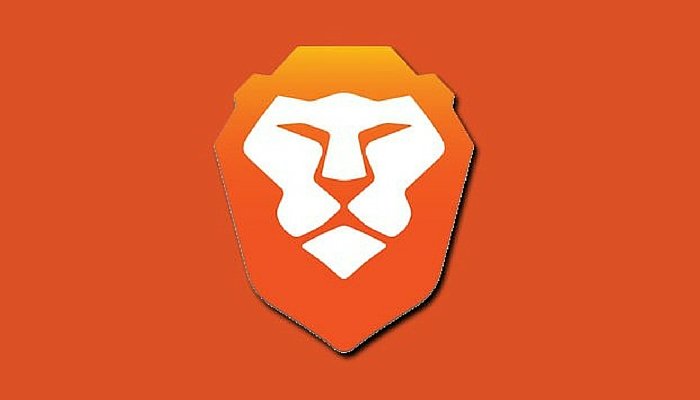Overall, the sale for Brave’s ethereum-based Basic Attention Token (BAT) generated about $35m and was sold out within blocks, or under 30 seconds. One buyer went so far as to purchase 20,000 ETH (or about $4.7m) worth of tokens – designed to monetize online attention and create a new revenue source for publishers.
Another buyer paid more than $6,000 in ethereum mining fees to almost guarantee their place at the top of the line.
Still, that speed has apparently come with trade-offs.
Only around 130 people were able to buy the tokens today, with five buyers scooping up about half of the supply. The top 20 addresses in the token sale control more than two-thirds of all BAT, according to Joseph Lee, founder Magnr bitcoin exchange, who conducted a post-sale analysis.
The fast nature of the ICO has drawn some ire online from users that were hoping to buy into the token but were quickly shut out. However, the company has so far sought to portray the sale as a success.
Eich told CoinDesk:
“We are pleased with the sale, and we’re looking forward to disrupting digital advertising and building a user-centric platform for supporting the Web.”
A spokesperson later commented on frustrations around the sale, acknowledging some were naturally likely to be “disappointed” that they could not participate.
Still, the representative stressed that Brave has received ample positive feedback on the structure of its offering. The company published details of the pricing structure yesterday.
What now?
For those who haven’t been following, token sales – by which blockchain-linked data is sold as a form or project crowdfunding – have been on the rise in 2017.
As such, the Brave sale is the latest in the growing popularity of ICOs, and its lightning fast sale is likely to draw more attention to the funding model, both from companies and regulators. Last week, for example, the popular messaging app Kik announced it would embark on a similar token offering, becoming one of the first mainstream brands to embrace the concept.
Looking ahead, Brave has said it will use its remaining tokens to fund basic “grants” for users in the future who may help improve the platform. (The company plans to release the open-source code for BAT on GitHub to foster the creation of a new ecosystem for publishers and readers based on this token.)
The browser is aiming to build a digital ad service around the token that cuts out third parties so that users pay BAT to publishers based on how long they browse and read a page. Brave itself will take a cut of these earnings.
Brave’s next major challenge will be user and publisher adoption, though it hopes offering an incentive through the token will provided needed assistance.














